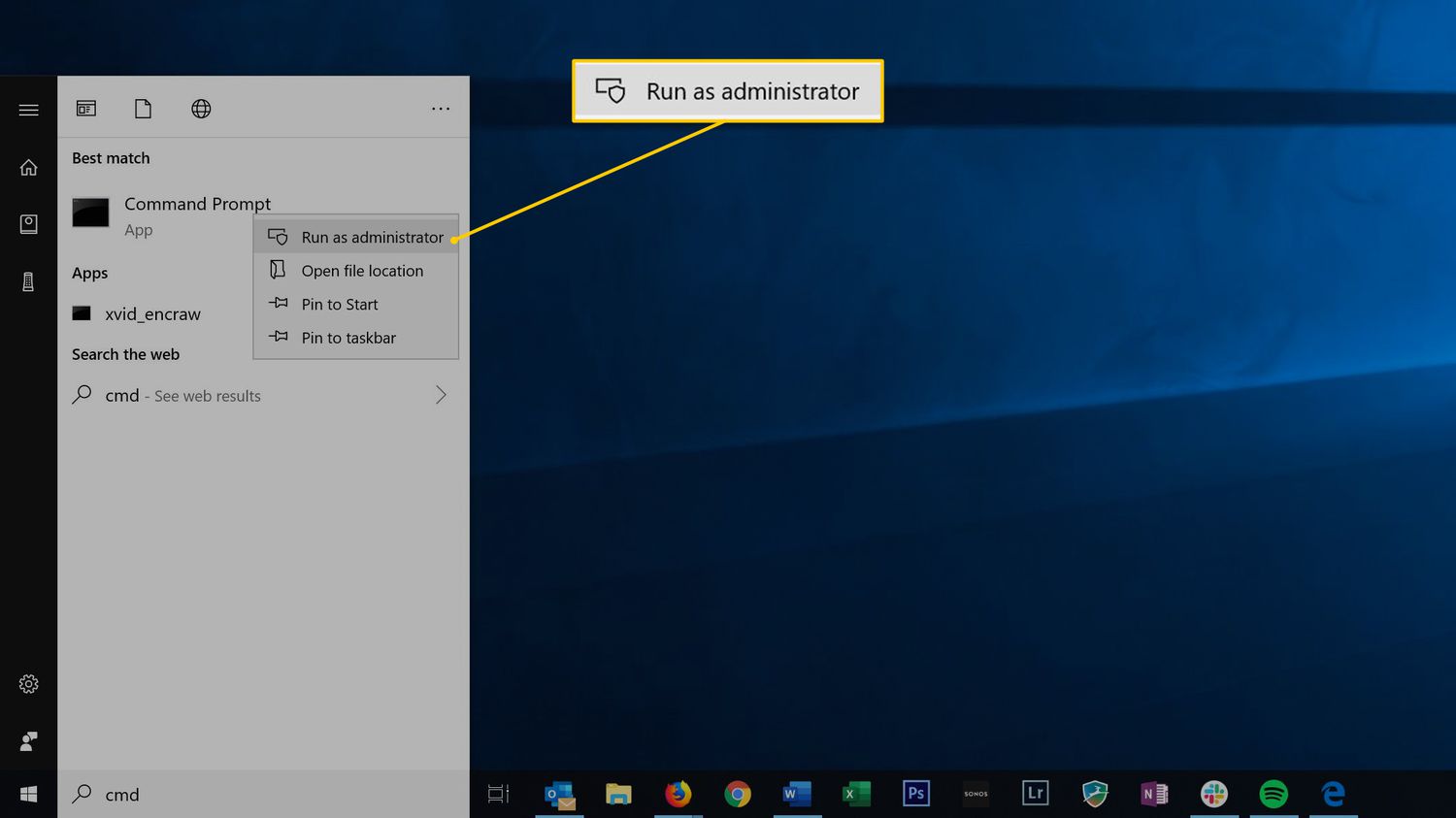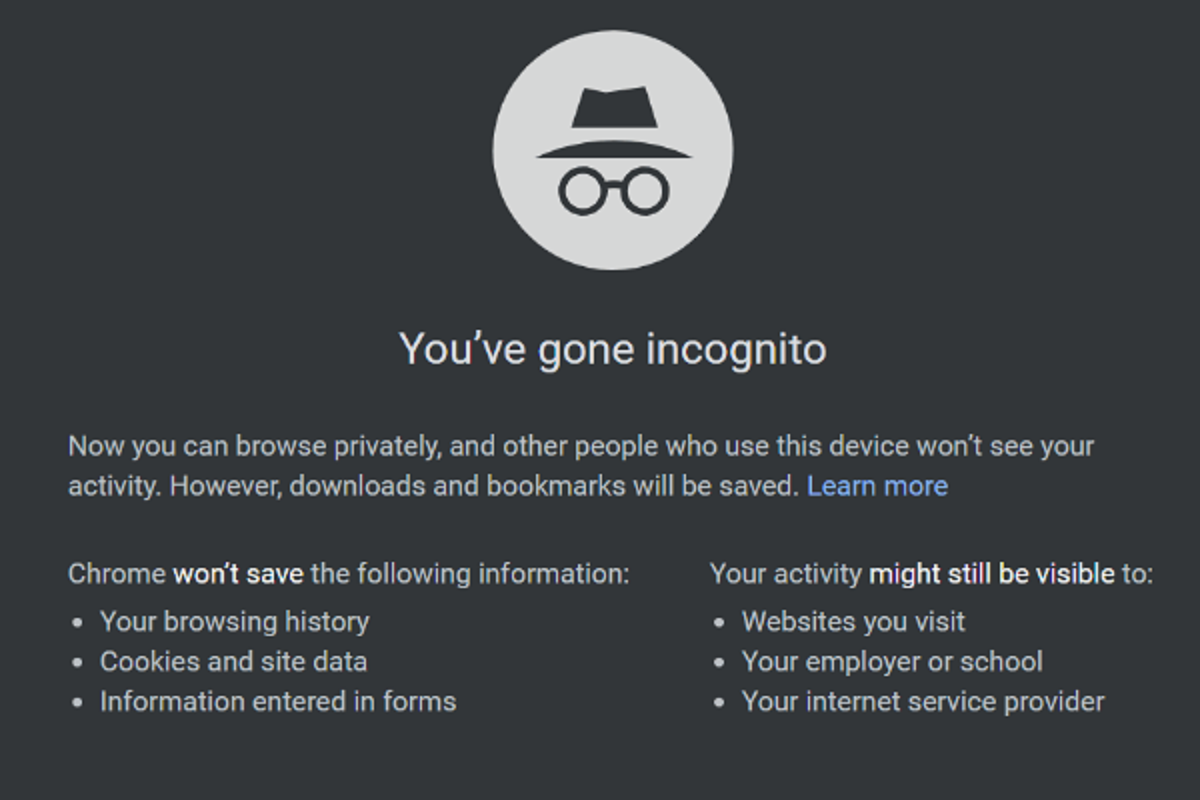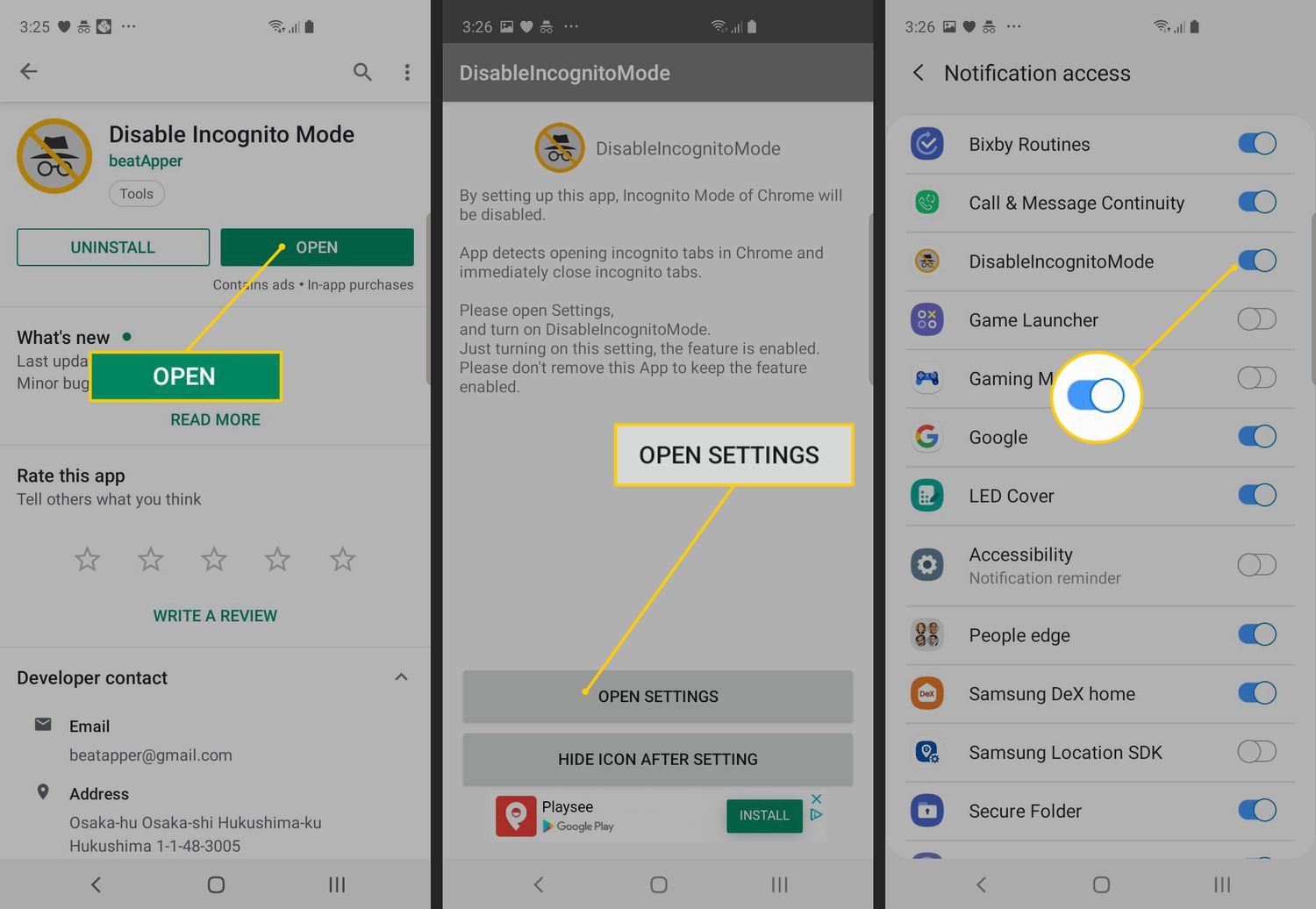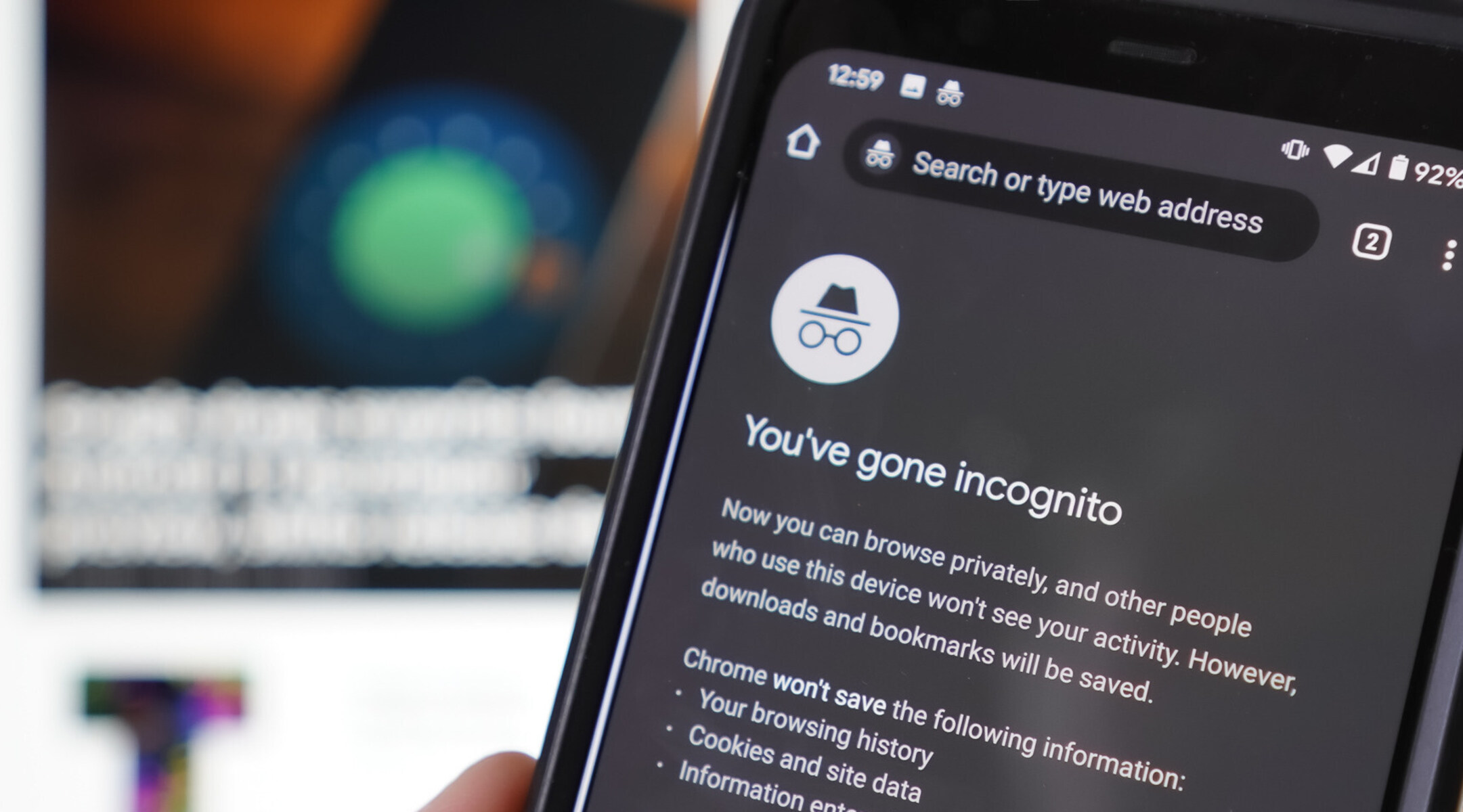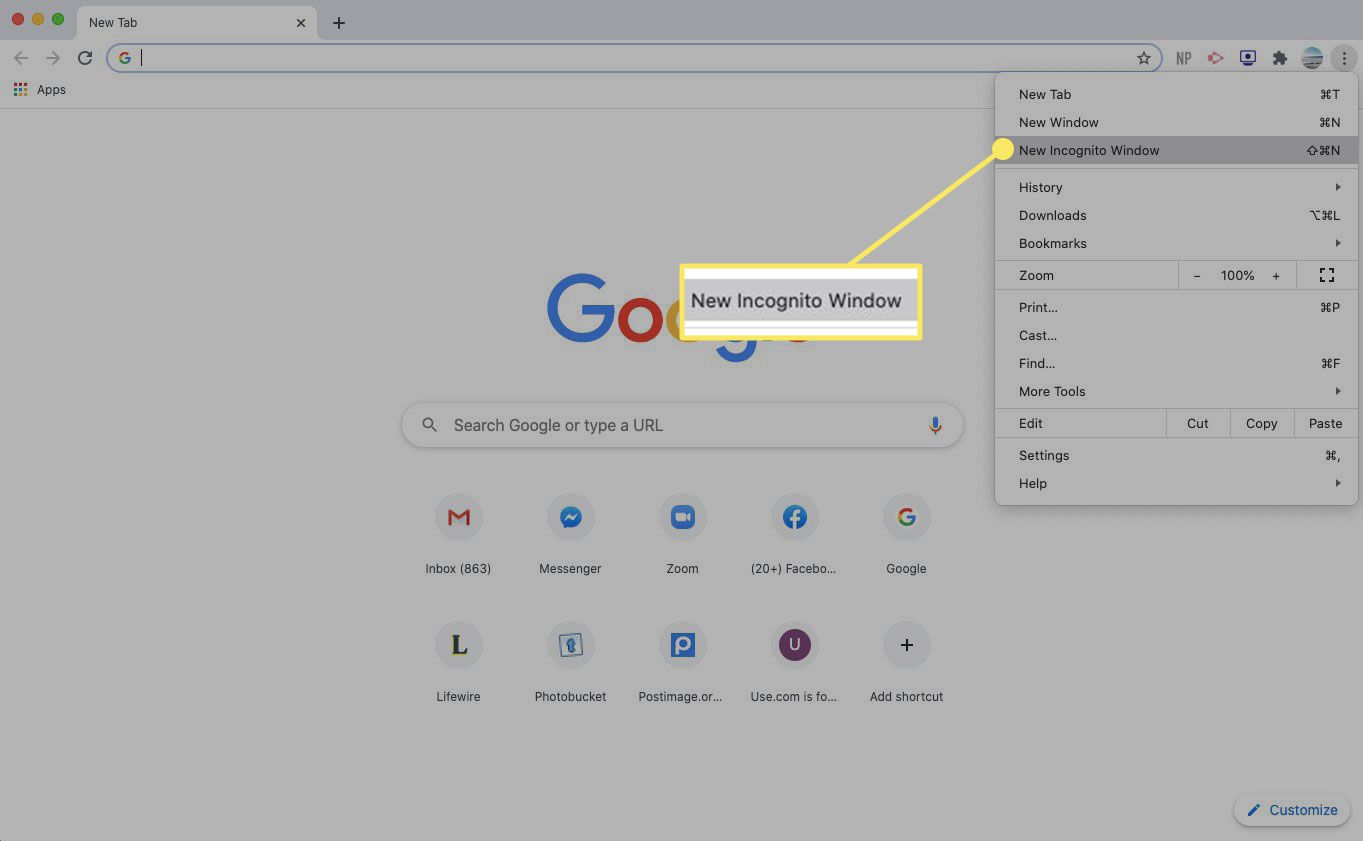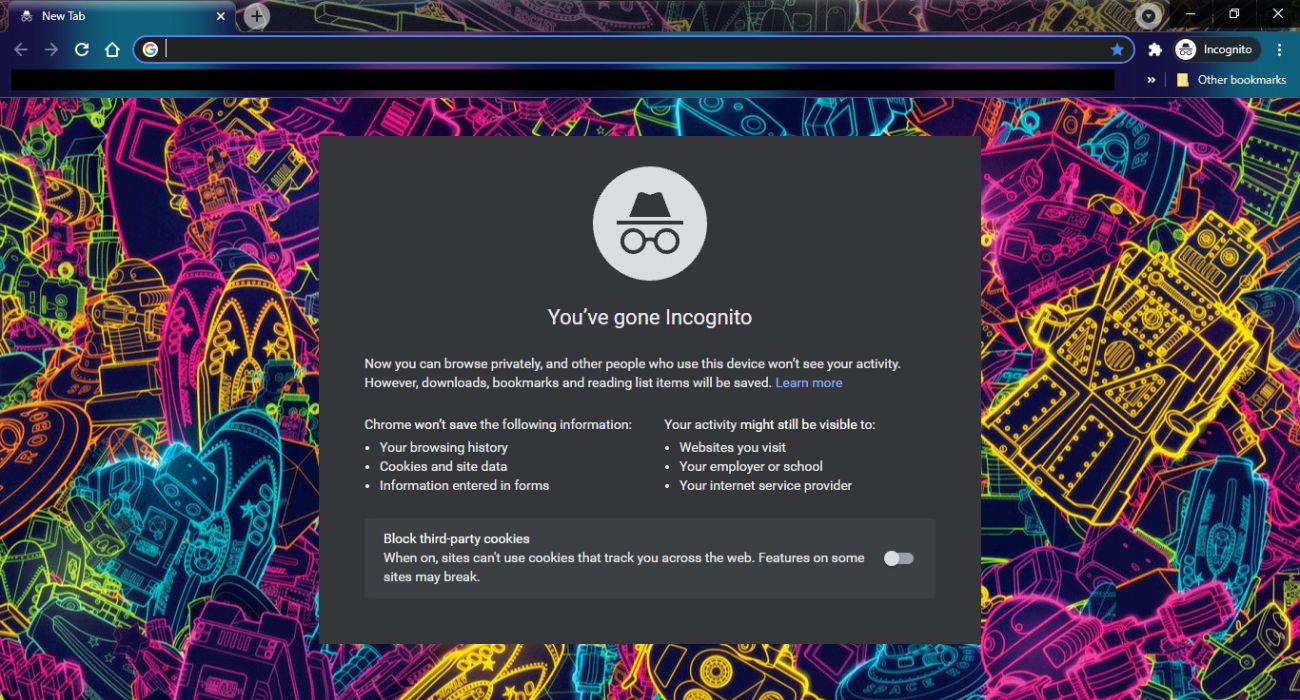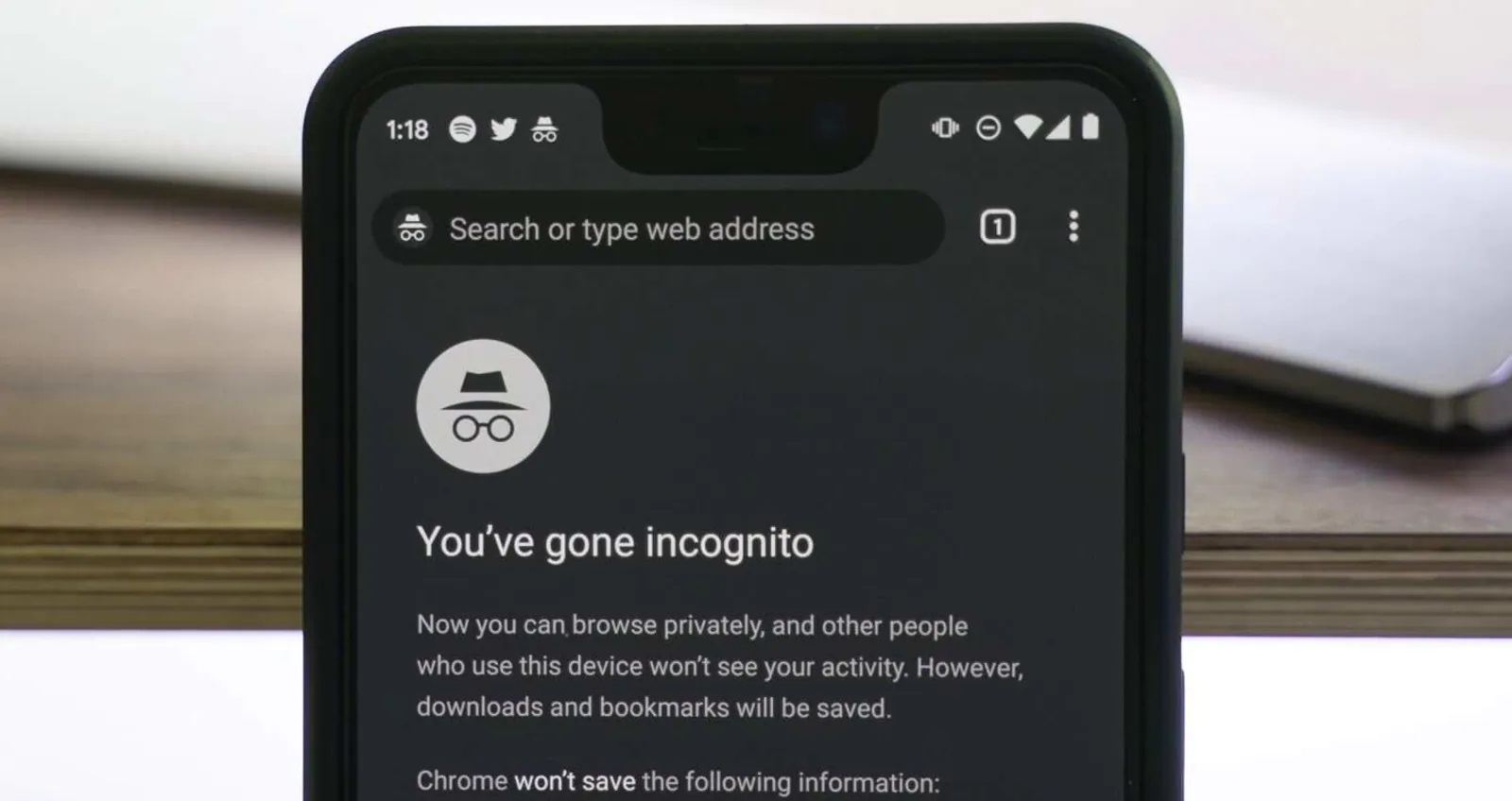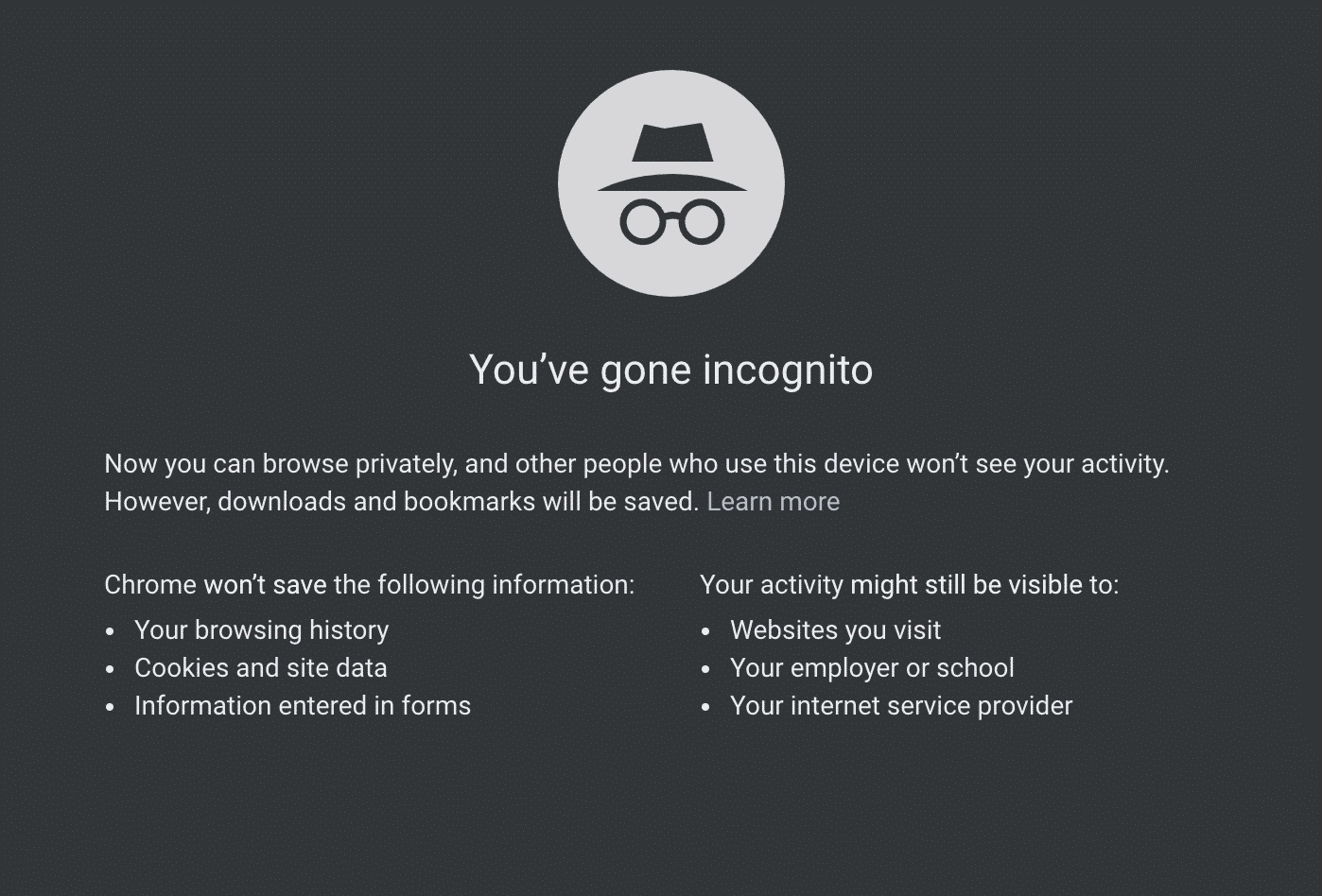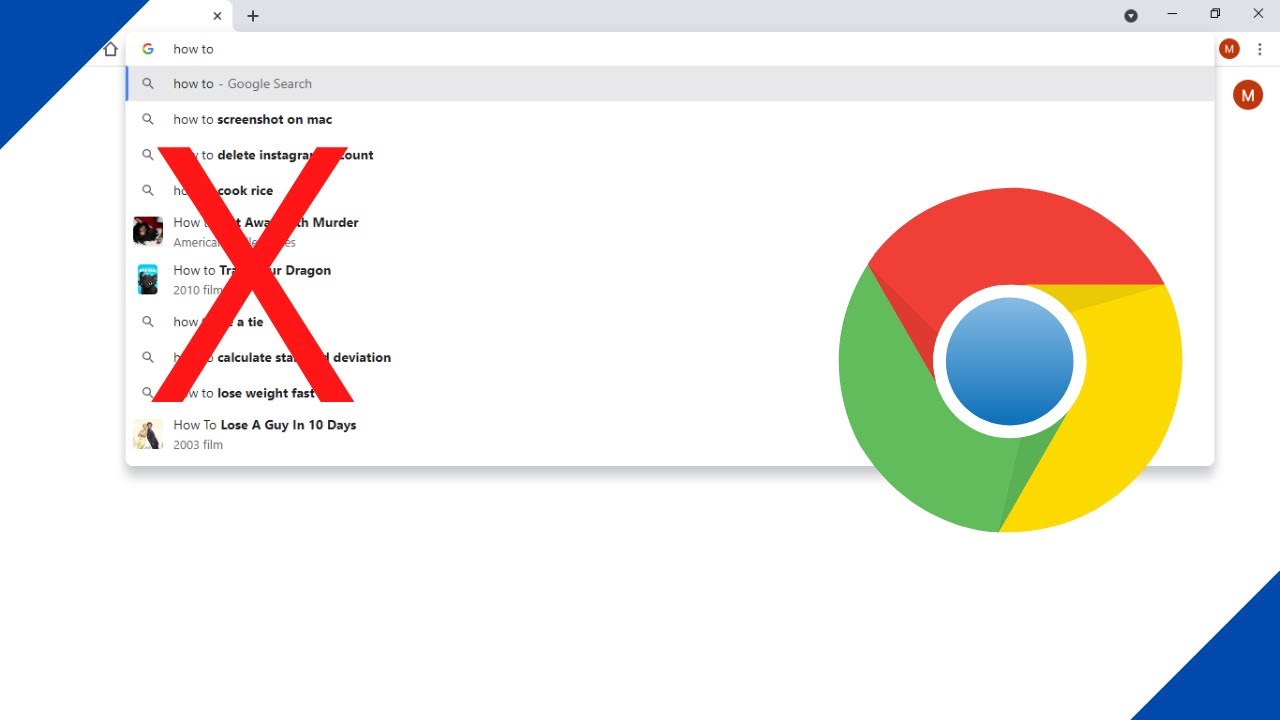Introduction
Incognito mode, a feature available in Chrome, allows users to browse the internet without leaving any traces behind on their device. It can be helpful for maintaining privacy and keeping sensitive information confidential. However, there might be instances where you want to disable Incognito mode, perhaps to enforce certain browsing policies on a shared device or to protect users from accessing inappropriate content. This article will walk you through several methods to disable Incognito mode in Chrome on Windows 10.
While it’s important to note that disabling Incognito mode may not completely prevent users from accessing private browsing options, these methods can serve as effective deterrents and make it more challenging to use Incognito mode or enable similar options.
Before we jump into the methods, it’s important to understand that some of them require administrative access to your computer and can result in system registry or policy changes. It’s always recommended to create a backup of your system and proceed with caution.
Now, let’s explore the various methods you can use to disable Incognito mode in Chrome on Windows 10.
Method 1: Using Registry Editor
Disabling Incognito mode through the Windows Registry Editor involves making changes to the system registry. Please follow these steps carefully:
- Open the Run dialog by pressing the Windows key + R.
- Type “regedit” (without quotes) and press Enter to open the Registry Editor.
- Navigate to the following location in the registry:
HKEY_LOCAL_MACHINE\SOFTWARE\Policies\Google\Chrome. If the “Google” or “Chrome” keys do not exist, you may need to create them. - Right-click on the “Chrome” key, select New, and then choose Key. Name the new key “IncognitoModeAvailability”.
- With the newly created key selected, right-click on the right-hand pane and choose New, followed by DWORD (32-bit) Value. Name the value “Value”.
- Double-click on the “Value” entry and change its value to
1to disable Incognito mode. - Restart your computer for the changes to take effect.
This method modifies the Windows registry, so proceed with caution and create a backup of your registry before making any changes.
It’s important to note that this method applies to all users on the computer, as it changes the system-wide setting for Google Chrome. If you want to enable Incognito mode in the future, simply change the value of “Value” to 0 or delete the “IncognitoModeAvailability” key altogether.
Method 2: Using Group Policy Editor
Another way to disable Incognito mode in Chrome on Windows 10 is by using the Group Policy Editor. This method allows system administrators to enforce policies and control various settings on a Windows network.
- Press the Windows key + R to open the Run dialog.
- Type “gpedit.msc” (without quotes) and press Enter to open the Group Policy Editor.
- Navigate to
User Configuration → Administrative Templates → Google → Chrome. - In the right-hand pane, locate and double-click on the setting titled “Incognito mode availability”.
- Select the “Enabled” option to disable Incognito mode in Chrome.
- Click on Apply and then OK to save the changes.
By enabling this policy, you are preventing users from accessing Incognito mode in Chrome. If you want to allow Incognito mode again, simply go back to the same Group Policy Editor setting and select “Disabled” or “Not Configured”.
Note that the Group Policy Editor is not available in Windows Home editions. If you’re using a Windows Home edition, you can try other methods mentioned in this article or consider upgrading to a different Windows version that includes the Group Policy Editor.
This method is particularly useful in a corporate or organizational setting where you need to enforce certain browsing restrictions or policies across multiple devices on a network. However, make sure to have administrative access to the computer or consult with your system administrator before making any changes through the Group Policy Editor.
Method 3: Using Local Group Policy Editor
If you’re using a Windows 10 Pro, Enterprise, or Education edition, you can utilize the Local Group Policy Editor to disable Incognito mode in Chrome.
- Press the Windows key + R to open the Run dialog.
- Type “gpedit.msc” (without quotes) and press Enter to open the Local Group Policy Editor.
- Navigate to
Computer Configuration → Administrative Templates → Google → Chrome. - In the right-hand pane, locate and double-click on the setting titled “Incognito mode availability”.
- Select the “Enabled” option to disable Incognito mode in Chrome.
- Click on Apply and then OK to save the changes.
Once this policy is enabled, users will not be able to access Incognito mode while using Google Chrome on their computers. To re-enable Incognito mode, revisit the Local Group Policy Editor and select either the “Disabled” option or “Not Configured”.
The Local Group Policy Editor provides a centralized way to manage policies on a specific computer or a group of computers within a Windows network. It is particularly useful in business or educational environments where administrators want to enforce specific policies and restrictions on the Chrome browser.
As with any policy modification, it’s important to have administrative access to the computer and to exercise caution while making changes in the Local Group Policy Editor. Always create a backup of your system before making any modifications, and consult with your IT department if you’re unsure about any steps in this process.
Method 4: Using Chrome’s Policy Templates
Google Chrome provides policy templates that can be used to control various settings, including disabling Incognito mode. This method requires downloading and installing the necessary policy templates for Chrome.
- Visit the official Chrome Policy Templates page (https://www.chromium.org/administrators/policy-templates).
- Download the appropriate policy templates for your version of Chrome and operating system.
- Extract the downloaded zip file to a location on your computer.
- Open the Group Policy Editor by pressing the Windows key + R, typing “gpedit.msc”, and pressing Enter.
- Navigate to
Computer Configuration → Administrative Templates → Classic Administrative Templates (ADM) → Google → Google Chrome. - Right-click on “Google Chrome” and select “Add/Remove Templates”.
- Click on “Add” and browse to the location where you extracted the policy templates.
- Select the appropriate template file (e.g., “chrome.adm” for Windows).
- Click on “Open” and then “Close”.
- In the right-hand pane, locate and double-click on the setting titled “Incognito mode availability”.
- Select the “Enabled” option to disable Incognito mode in Chrome.
- Click on “Apply” and then “OK” to save the changes.
Enabling this policy through Chrome’s policy templates effectively disables Incognito mode in the browser. To re-enable Incognito mode, follow the same steps and select either “Disabled” or “Not Configured” for the “Incognito mode availability” setting.
Using Chrome’s policy templates provides granular control over Chrome’s settings and can be particularly useful in managed environments where administrators need to enforce specific policies. Ensure that you have administrative access to your computer before making any changes and refer to Google’s documentation for more details on using policy templates.
Method 5: Using Chrome’s Command Line
Another method to disable Incognito mode in Chrome on Windows 10 is by utilizing Chrome’s command line options. This method allows you to launch Chrome with specific command line arguments to disable certain features, including Incognito mode.
- Right-click on the Chrome shortcut icon on your desktop or taskbar.
- Select “Properties” from the context menu.
- In the “Target” field, locate the end of the path and add
--incognito-availability=disabled. - Click on “Apply” and then “OK” to save the changes.
After making these changes, whenever you launch Chrome using this shortcut, it will disable Incognito mode. The command line argument --incognito-availability=disabled restricts users from accessing Incognito mode.
If you want to enable Incognito mode again, simply remove the --incognito-availability=disabled command line argument from the shortcut’s target field or create a new shortcut without the argument.
This method is useful if you want to disable Incognito mode for specific users or instances without making system-wide changes or modifications. It provides flexibility and control over individual Chrome instances.
Keep in mind that this method only affects the specific Chrome instance launched with the modified shortcut. Other shortcuts or Chrome instances will continue to have Incognito mode enabled unless modified accordingly.
It’s important to note that command line arguments are case-sensitive, so make sure to use the correct syntax and spelling. Always double-check your changes to ensure the command line argument is properly added or removed from the shortcut’s target field.
Conclusion
Disabling Incognito mode in Chrome on Windows 10 can be achieved through various methods, each offering its own advantages depending on your specific needs and system configuration. Whether you’re managing a shared device, enforcing browsing policies, or ensuring a secure browsing experience, these methods can help you achieve your desired outcome.
We explored five different methods to disable Incognito mode:
- Using the Registry Editor
- Using the Group Policy Editor
- Using the Local Group Policy Editor
- Using Chrome’s Policy Templates
- Using Chrome’s Command Line
Each method has its own set of prerequisites and considerations. It’s important to have administrative access to your computer, make necessary backups, and exercise caution when modifying system settings or using command line options.
Additionally, keep in mind that while these methods can effectively disable Incognito mode, they do not guarantee complete prevention of private browsing options, as there may still be workarounds or alternative browsers that allow users to access similar functionality.
Choose the method that best suits your requirements and follow the step-by-step instructions provided in this article. Remember that enabling policies or making system changes should be done with careful consideration and in accordance with your organization’s policies and guidelines.
By understanding and implementing these methods, you can exert more control over the browsing experience of users on your Windows 10 devices, ensuring a safer, more regulated environment.







